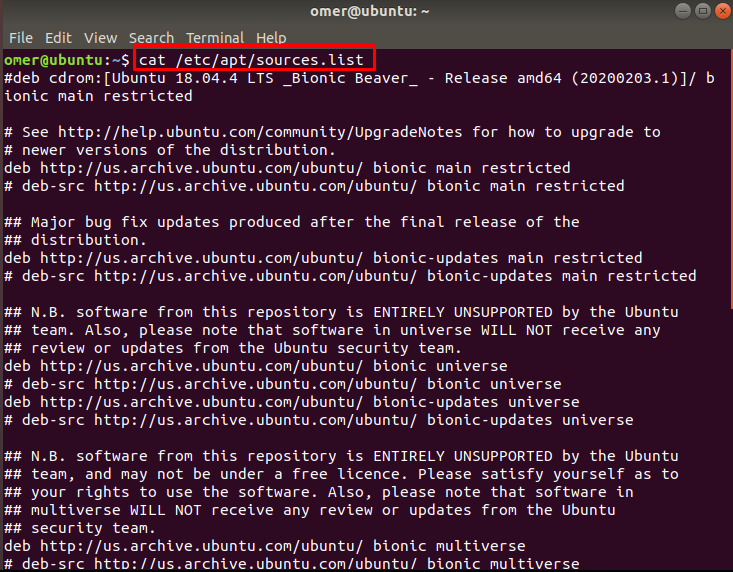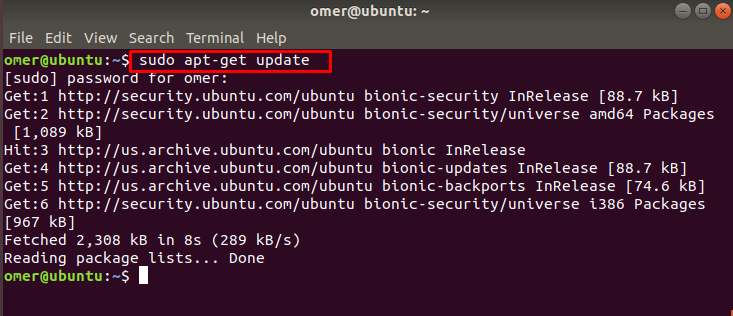If you have an Operating System that uses Ubuntu or apt package manager, you must have used apt-get update and similar commands before. We will show below that although the commands apt-get update, apt-get upgrade and apt-get dist-upgrade are similar, they have different functions.
Sources.list
First of all, our Linux system needs a centralized checkup to update itself. The places to look for these lists are kept in the /etc/apt/sources.list file. Briefly, which package repositories to look at is recorded here. With the apt-get update command, the package repositories are checked. To see which package repositories your system uses to update its packages, run the command below.

apt-get update
Thanks to the apt-get update command, the differences between the versions of the packages installed on your system and the package repository are searched and the list is updated. In fact, the only list is the update. It is strongly recommended to run it before any update. Because it is a necessary process for the solution of necessary updates and dependencies on your system.
Note: No installation is made to your system with the apt-get update command.

apt-get upgrade
Upgrades all installed packages on your system to the latest version in the list you updated with the apt-get update command. The point to note here is that the update process is performed on the installed packages. Updates the 1.1 version of the A.lib file to the 1.2 version. It only updates the installed packages.
Some software developers or system administrators do not want to install package or kernel files that they do not need, considering the stability of their system. In such a case, the upgrade is very useful. Only existing packages will be upgraded to the latest version. An important point is that no packages are deleted from the system. Only existing packages will be upgraded to the latest version.

apt-get dist-upgrade
For this command, we can call it the command with the most authority in the apt system. It updates existing packages, installs new dependencies that are not in the system, and deletes those that are not needed. It can be used for solving dependency problems and upgrading your system to the latest kernel version. The preference is the user. Some users may have problems with the new kernel version installed.
Note: The system version is not upgraded to a new distribution with the apt-get dist-upgrade command. For example, you wouldn’t go from 14.04 to 14.10.
sudo apt-get dist-upgrade Reading package lists... Done Building dependency tree Reading state information... Done Calculating upgrade... Done 0 upgraded, 0 newly installed, 0 to remove and 0 not upgraded.




